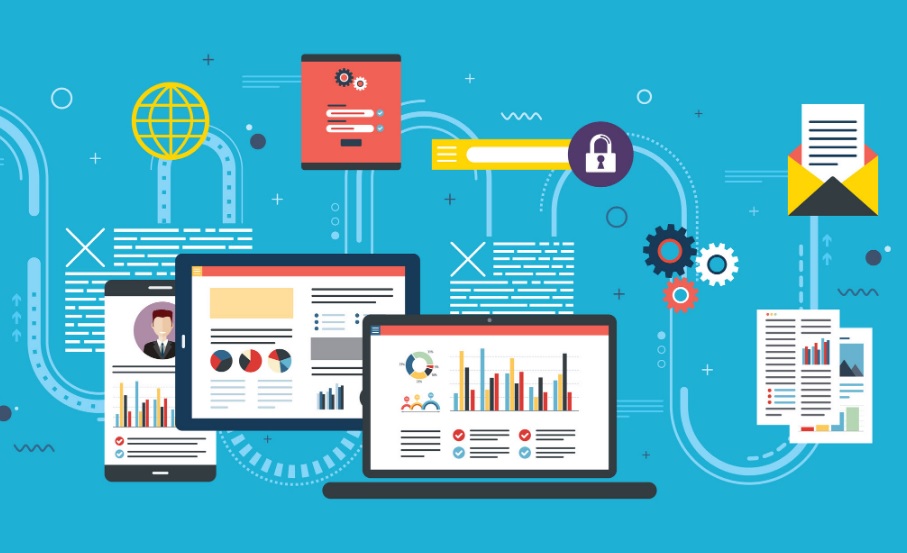
A cookie is stored on a user’s computer when they visit a website. To keep track of a user’s information (such as log-in information) and browsing history when they visit a website, cookies are used. Cookies can also be used to track customer behavior for marketing purposes.
In contrast to first-party cookies, which are specific to the website or domain the user is currently on, third-party cookies can track users across multiple websites and domains. Third-party cookies are being blocked by a growing number of applications, browsers, and privacy settings. Data protection laws are tightening, making it more difficult for companies to collect and use customer information in previously successful ways.
First- party cookies for the win
The use of first-party data by marketers is becoming increasingly important in cultivating long-term relationships with customers. According to Chelsea Gross, a former Gartner Director Analyst, “marketing leaders must accelerate when, where, and how they collect, aggregate, and deploy first-party data.” Customers must be enticed to give up their personal information, and they’ll need the best data and analytics management tools to do so.”
Customer engagement rises when marketers have better data at their disposal, allowing them to build better models and offer a more tailored experience. Enhanced marketing ROI is directly linked to increased data sharing. It’s a self-reinforcing cycle.
Without using cookies you can still improve your campaigns and results in five ways.
-
The first step in delivering a great customer experience (CX) is to understand your target audience and what they want
These experiences can be better delivered if you keep this in mind when implementing your marketing automation platform and other tools. Your company’s various departments may require varying amounts of data in order to accomplish their objectives. List all the people who need what data in order to fulfill your CX promise.
-
To validate and cleanse, standardize, and compile all of your data, you first need to gather it all together in a single place
Everyone who needs your data can access it in the format and scope they prefer. You must align the internal and external data security settings. This is for the appropriate level of data governance to be implemented for the appropriate users.
The data silos holding it back must be dismantled so it can move forward. Any data no longer required to support your customer’s experience should be deleted in the post-GDPR world. (GDPR refers to the EU General Data Protection Regulation).
-
It’s important to think about other ways to collect customer data in the event you lose access
For marketers, the most pressing question is, “How do we get the data we need?” The conversation provides a wealth of information. Customer satisfaction is also an important consideration when it comes to running a successful business. In order to earn the trust of your customers, you must provide them with useful and relevant content.
-
Whenever possible, be open and honest with potential customers and offer them something of value
It’s essential to understand why a potential customer is interested in your product or service. Then use that information to create content that specifically addresses their needs.
It is difficult for customers to give you their relatives’ email addresses when you don’t even have a relationship with them or trust them. Be patient and earn the trust of your customers before asking for anything in return (like their personal information).
-
Improve your marketing measurement and testing skills
You can’t have a one-size-fits-all marketing strategy. Adapting and learning as you go is critical.
For example, with a marketing automation solution, automated processes and tools can be used to create a network of data that is cleansed, standardized, and sorted appropriately.
This allows you to personalize your interactions with customers on a scale that is impossible to achieve without automation.